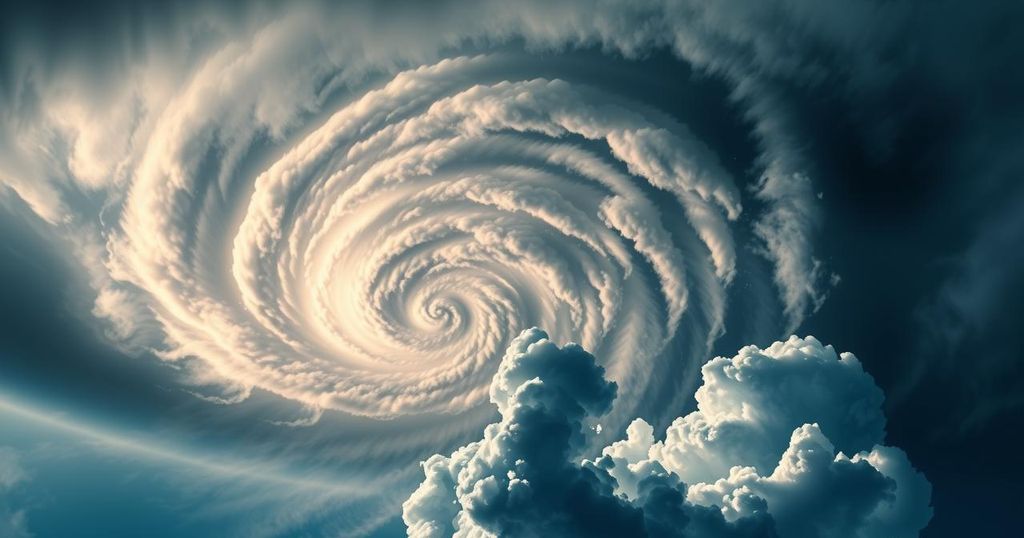Understanding the Formation of Hurricanes
Hurricanes, or tropical cyclones, are intense storms fueled by warm ocean waters, beginning with tropical waves formed by pressure variations. The rise of warm, moist air leads to cloud formation and storm intensification. They rotate due to the Coriolis effect and unleash destructive forces upon landfall, before ultimately dissipating without warm water to sustain them.
Hurricanes, scientifically referred to as tropical cyclones, are some of the most formidable natural phenomena on Earth, characterized by their intense wind speeds and significant rainfall. The formation of these storms begins with a tropical wave, a region of low atmospheric pressure that typically emerges off the coast of Africa and progresses westward through tropical regions. These waves often coincide with the interaction of hot, dry air from the Sahara Desert and the cooler, humid air from central Africa, occasionally triggering thunderstorms.
A fundamental requirement for hurricane development is the presence of warm ocean water, specifically water temperatures exceeding 26.5°C (approximately 80°F). As the tropical wave traverses these warm waters, moist air rises, leading to a reduction in surface pressure. This allows surrounding air, possessing higher pressure, to rush in, whereupon it also warms, moistens, and rises. The continual process of warm, moist air rising and cooling creates clouds and releases heat, thereby energizing the developing storm system.
As this process continues, cumulonimbus clouds grow increasingly massive. The wind conditions above the system play a crucial role; if these upper winds are not overly strong, they will not disrupt the cloud formation. The storm officially becomes a tropical cyclone once wind speeds exceed 74 miles per hour. Furthermore, the rotation of hurricanes is attributed to the Coriolis effect, caused by the Earth’s spin, resulting in counterclockwise rotation in the Northern Hemisphere and clockwise in the Southern Hemisphere, with the eye of the storm forming at the center.
Hurricanes thrive as long as they have access to warm ocean waters, gaining both speed and strength over time. Upon making landfall, however, they can unleash significant rainfall, topple trees, and produce hazardous storm surges, leading to considerable destruction. Eventually, the lack of warm water as they move inland causes these powerful systems to weaken and dissipate.
The discussion surrounding hurricanes encompasses their formation processes, their impacts on communities and ecosystems, and their classification as tropical cyclones based on geographical location. Identifying the physical and environmental conditions conducive to hurricane development enhances understanding of these storms, which can have catastrophic effects. The interaction between atmospheric pressures, sea temperatures, and the geographical influence of the Earth’s rotation are critical components of hurricane dynamics.
In conclusion, hurricanes are formed under specific conditions that include the presence of tropical waves, warm ocean waters, and particular atmospheric conditions. Their development is driven by the rise of moist air and the cooling necessary for cloud formation, influenced by the Coriolis effect. Understanding these elements is crucial for predicting and preparing for the potentially devastating impacts of hurricanes as they make landfall.
Original Source: www.pbs.org




Post Comment